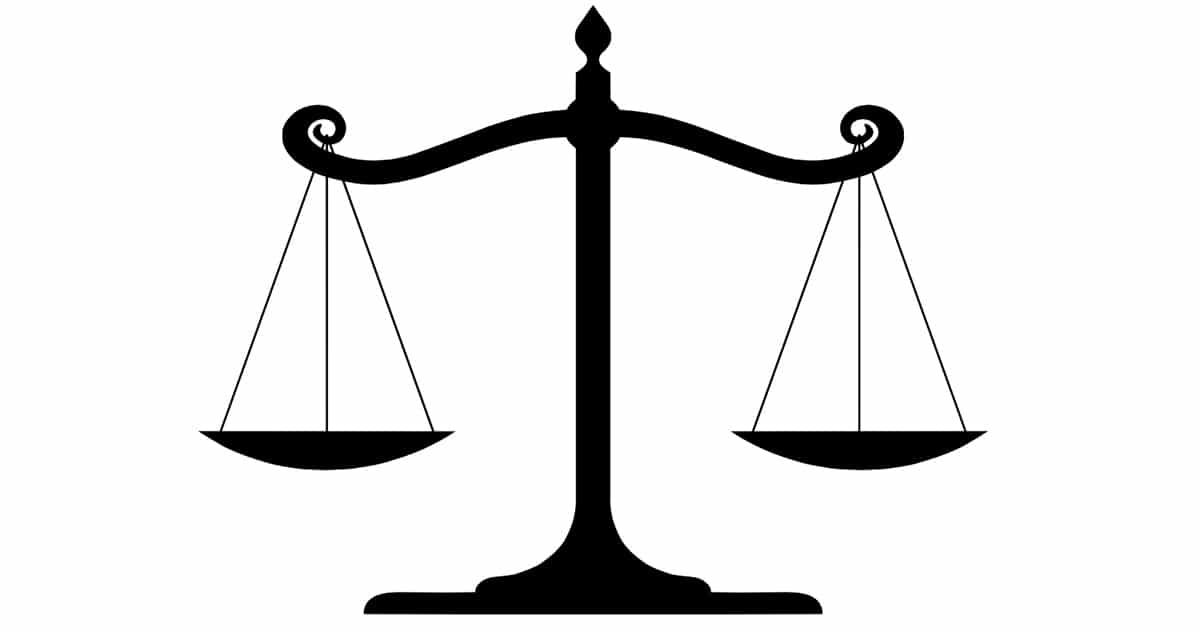When a serious crime is committed, both perpetrator and the victim are profoundly impacted, albeit differently . Though the criminal justice system in Canada often revolves around punishment of the perpetrator, an increasingly prevalent school of thought puts reconciliation and understanding at the centre of the search for justice to address the impact of the crime on both parties.
Restorative justice is an approach to justice and corrections that brings victims and offenders together on a voluntary basis. As one of the 10 issues highlighted in the Anglican Church of Canada’s 2015 federal election resource, restorative justice constitutes the primary perspective of the Church Council on Justice and Corrections (CCJC), an ecumenical organization dedicated to crime prevention and healthy community development.
Currently vice-president of the CCJC, the Rev. Sharon Dunlop represents the Anglican Church of Canada on its board of directors. She described restorative justice as a process in which a mediator helps guide conversation between offender and victim, offering the victim an opportunity to tell the offender how their life has been affected by the crime while providing the offender a chance to give a reason for their actions, if there is one.
“The purpose is to heal a broken relationship and to move towards reconciliation,” Dunlop said. “In many cases, an offender will never offend again because they understand the impact of what their action has been on another person.”
“We sometimes say that when a person has been incarcerated, the victim has an opportunity for closure,” she added. “But for many victims, it’s not really a closure, because the question of why and the question of getting across how it’s impacted on them never gets answered. So that’s where restorative justice has an advantage.”
Though restorative justice in one form or another has existed since ancient times, its more recent incarnation is patterned strongly after Indigenous models to healing justice, such as the peace courts of the Navajo people.
National Indigenous Anglican Bishop Mark MacDonald noted that in Indigenous communities, restorative justice is most often perceived as a return to traditional Indigenous ways that identifies “the need to establish justice or right relations between people as a necessary prelude to creating peace and wholeness.”
“It’s really about rehabilitating relationships and rehabilitation [of] the community that’s been fragmented by someone’s actions,” he said.
From Dunlop’s perspective, restorative justice presents an approach to justice closer to the example set forth by God.
“We remember that God’s form of justice is healing, restorative and distributive, that He loves us all regardless of whether we are the offender or the victim, that He wants us to be reconciled to Him and to each other,” she said. “We are all given this opportunity to admit our sins, to turn away from or repent from our past behaviours, to move out in a healthier, more positive direction.”
Since 2012, the CCJC has led restorative justice training workshops and developed what is known as empathy projects or victim impact projects in prisons. These projects challenge inmates to engage in self-reflection about where they might have been harmed in their own lives as a prelude to considering how they might have harmed others and taking responsibility for their actions.
Besides their presence on the CCJC, Anglicans have played a leading role in promoting restorative justice through Circles of Support and Accountability (COSA), a program in which small groups of volunteers assist and monitor former offenders (referred to as “core members”) as they re-integrate into the community, providing counselling and support.
While police have praised COSA for freeing up valuable resources, Correctional Services of Canada, which began funded COSA in 1994, officially ceased funding on March 31, 2015 on the basis that it was a post-incarceration program.
Dunlop advocated the return of government funding for COSA as a key policy by which Canada’s political leaders might promote restorative justice.
“That would be a tremendous value in protecting Canadian public,” she said. “We often talk about ‘safe streets, safe communities,’ and if we were to have this funding restored so that these very important programs would be able to continue, then we would be working towards meeting that need … In every geographic area, it’s been demonstrated that they have been a tremendous benefit to the community and to the core member as well in helping to protect them.”
While suggesting that the government might also adopt a less punitive approach to incarceration, Dunlop argued that the promotion of restorative justice approaches might further reduce the need for imprisonment.
“Many offences are non-violent and can be administered … outside of a prison system or a detention kind of system … That would reduce the money paid by taxpayers,” she said.
Related to the punitive approach to justice and mass imprisonment in Canada is the disproportionate amount of incarcerated Indigenous people and the inequities they face in the criminal justice system, which the Truth and Reconciliation Commission and the Anglican Church of Canada have recognized as legacies of the Indian residential school system.
Comparing such racialized inequities against Indigenous people in the Canadian justice and corrections system to the mass incarceration of African-Americans in the United States, Bishop MacDonald called restorative justice “part of a larger solution to the problems with the justice system.”
“There seems to be a growing consensus on both sides of the border that something’s wrong with the criminal justice system as it exists today—that its focus on punitive intervention in social problems is having an opposite effect on those,” he said.
“I haven’t heard anybody argue that the declining crime rates are related to this system. I think that for the most part, there’s broad agreement that something is broken, and restorative justice is a critical part of that answer.”
View the 2015 federal election resource sheet on restorative justice.
Interested in keeping up-to-date on news, opinion, events and resources from the Anglican Church of Canada? Sign up for our email alerts .

